

This week on the Wit & Delight Podcast, we are talking with Ingrid Fetell Lee, the author of Joyful: The Surprising Power of Ordinary Things to Create Extraordinary Happiness. I’ve read the book twice, and each time it’s felt like validation around all of the work that I’ve done for the past decade plus. Ingrid’s groundbreaking work reveals the hidden influence of our surroundings on our emotions and our well-being, which is really the crux of many of the ideas we’re exploring on Wit & Delight.
This is a really special conversation between the two of us and I hope that you sit back and enjoy hearing all of Ingrid’s incredible insights, how she got started in her career, and ways that you can bring a little bit more joy into your own home, office, and life.
If you’re looking for more on the topic of joy, you can download the Joyspotter’s guide here. It’s a free resource that share’s Ingrid’s 12 favorite tips for finding joy in your surroundings.
Read a portion of our interview below, and listen to the entire episode on The Wit & Delight Podcast!
Name: Ingrid Fetell Lee
Field: Author, Founder of The Aesthetics of Joy
Website: The Aesthetics of Joy
Instagram: @ingridfetell & @aestheticsofjoy
About Chelsea: Ingrid Fetell Lee is a designer and author whose groundbreaking work reveals the hidden influence of our surroundings on our emotions and well-being. As the author of Joyful: The Surprising Power of Ordinary Things to Create Extraordinary Happiness and the founder of the website The Aesthetics of Joy, she empowers people to find more joy in life and work through design. Lee’s work is informed by more than twelve years of experience in design and branding, most recently as design director at renowned innovation firm IDEO. Her immensely popular TED talk “Where Joy Hides and How to Find It” has been viewed more than 17 million times.
Ingrid, thank you so much for joining us today. I feel like you, for so many of us, are an ambassador for the purpose we find in our careers. So, welcome.
Ingrid Fetell Lee: Oh I’m so honored to hear you say that. Thank you. I’m so happy to be with you.
A lot of our readers have heard your name, they’ve listened to your TED Talk, they’ve watched your manifesto validate not only the work they do but also their draw toward creating a life where beauty is embedded in the everyday. Your journey in particular is another point where we all really relate because you made a huge shift in your career. I thought it’d be great kick off the conversation talking about your journey—how you went from working for what is arguably the best design agency in the world to marching to the beat of your own drum.
Ingrid Fetell Lee: It really has been a big leap, and at the start, I didn’t know very much about design. When I was in undergrad, I was studying English creative writing, and afterward, I started working in market research. That was my first job out of school and then I moved into the branding space. And that was where I first became aware of design. I was working alongside designers. I was really inspired by them. And that was around the time that I heard about this company called IDEO. For those who don’t know IDEO, it’s a design consultancy that really focuses on some of the world’s hardest problems and applies a method of human-centered design to tackle some of those challenges. And I thought, Wow, what a, what a cool way to be able to use the skills of design.
And so I thought, How do I get to be a designer? I looked at all the different kinds of design out there and I decided that I was really interested in products and industrial design and making all the things that are not a house and not the things you wear, but pretty much everything else. I really wanted to understand how those things were made and know how to do that for myself. So I went to design school. And at the time I discovered this, I was living in Sydney. I moved back to the US and I ended up going to Pratt to study design. And it was while I was there that I was in a review at the end of my first year and a professor made an offhand comment that really changed the direction of my career. He said, “Your work gives me a feeling of joy.”
And this was so strange to me because when I came into design school, I was so focused on making functional things that really worked well. I wanted to solve big problems with my products. I wanted to make things that were sustainable and I wanted to make things that were really efficient. Joy really wasn’t on my radar screen at all. And so when he said this, I started thinking, Okay, well how is that possible? How do things create joy?
I’ve always been taught that things aren’t supposed to be that important in life. They’re nice, but we’re not supposed to attach too much importance to material things. So how can such an important feeling in our lives be connected to these things? And that was really what started me down the rabbit hole of the aesthetics of joy, and eventually what became my book, Joyful.
I had ended up working on answering these questions for my master’s thesis, and I got the job offer from IDEO on my last day of graduate school. So it was one of those classic dilemmas, right? Because I had thought, Oh, I’m going to go work on this and maybe I’ll wait tables and work on my book on the side. But then I got the dream job offer. I ended up saying yes to go work at IDEO. I worked there for six years and I worked on the book simultaneously, and I also had a blog on the side. I was working on research for the book all the time. I would take scientific papers with me on the subway in the morning and I would sit there with a highlighter reading them, and I started building this knowledge base. I started writing posts that eventually would lead me to ideas that would become the book. So for a long time I was working on the two things side by side.
Did that affect or shift the way that you looked at design at a place like IDEO, where they were always looking at new ways of thinking, but where there was also a lot of pragmatic strategy going into the way they looked at how products come into the world? Did they sense that joy or aesthetics were a big part of the way that you looked at how design could solve problems?
Ingrid Fetell Lee: For sure. And I think that the inspiration went both ways. I was lucky in that IDEO is a place that really understands individuals and their passions, and they really want you to bring that to your work. So I brought a lot of my inspiration and insights around joy into the work I was doing at IDEO and I was lucky that if there was a project related to joy, often I would be called in to work on it.
And sometimes the projects I worked on weren’t seemingly joyful at all, but there was a recognition that it was an area where they really could use some joy. For example, designing tools to help people better manage their money and understand how to avoid disasters like foreclosure. The importance of being able to bring some joy into that process was a thing that people at IDEO really understood.
And then on the other hand, one of the great things about working at IDEO was not only getting to collaborate with amazing designers of all disciplines but also because the work was so human-centered, I spent a lot of time in people’s homes. So I got to really see how people were living and the things that they were struggling with on a daily basis and I think that really made me more sensitive to how my work on joy would apply to the real world. It wasn’t just about how I wanted to imagine things might be. We have to work with all kinds of constraints and barriers in the real world. So that experience helped me understand what challenges people have in finding more joy, and that perspective really helped my work on joy.
It really is that design helps where you need it the most, and design is oftentimes invisible. And I think that might be a reason why I love what I do, and why I love this book so much. There are subtle ways that design makes life a little bit better, where we subconsciously reap the benefits but are not really aware of how it’s affecting us. Could you talk a little bit about the ways we as humans benefit from beauty in the world, and where your research has shown that?
Ingrid Fetell Lee: So, so many of the things that I think we as designers are attracted to are beautiful. And yet we’re told that stuff is just decorative, right? It’s just the stuff that sits on the surface. I think we all have an intuition that that’s not the case. But what was really exciting for me in this research was to go out there and say, okay, if there are certain things in our surroundings that are bringing us joy and that are making us feel good, could there be a scientific reason why that’s the case? And could these things actually be helping us thrive in a deeper way?
I think color is a really interesting example of this. There’s research that shows that people working in more colorful work environments are more alert, more confident, more friendly, and more joyful than people working in drab spaces. So while it seems like the color is just on the surface, in fact, there are effects that go a lot deeper.
There’s also a lot of research on the way nature affects us and bringing elements of nature into our space. When we have houseplants in a space, for example, and when we bring houseplants into a windowless room, it reduces blood pressure and other markers of stress. It makes us less likely to ruminate and brood over problems. We feel a sense of lightness when we bring these elements into our space.
There’s interesting research that shows that when we’re in a work environment that has plants and artwork on the walls—what they call an enriched work environment—we’re 15% more productive than people working in a lean work environment, like those cubicle farms that we’re probably all too familiar with. There are a lot of ways that we don’t even see the influence of design. We’re not noticing it, but it’s affecting us in an unconscious way.
A lot of this research is done in work environments, I think, because that’s where there’s more of an incentive to study it. There’s probably less incentive to study it in the home. But when companies start to think, Oh, maybe we can gain productivity, maybe we can help hold onto our workers, then there’s more study of the effects in the workplace. There’s interesting research that shows that when we’re in a work environment that has plants and artwork on the walls—what they call an enriched work environment—we’re 15% more productive than people working in a lean work environment, like those cubicle farms that we’re probably all too familiar with. There are a lot of ways that we don’t even see the influence of design. We’re not noticing it, but it’s affecting us in an unconscious way.
We think about that a lot at our studio, Studio 125. In many ways we wanted it to be a place where people could come and experience Wit & Delight in real life. But what we we didn’t really think about was how it would affect the people that we have working on Wit & Delight. It’s like that practice what you preach method, and from a leadership standpoint I find myself asking, where are we sitting? Where do we do certain types of work? Someone in our office was saying that they prefer to answer phone calls or take conference calls standing up. So we have this whole area in the back where you can pace and walk around. We’ve been catering to that without really knowing what it is. It’s interesting.
Ingrid Fetell Lee: It is. It’s such a beautiful space. I haven’t seen it in person, but seeing it online, it’s such a beautiful, light-filled space. And of course there’s really great research that shows that when we work in a more light-filled environment, workers actually sleep better at night.
Oh, interesting!
Ingrid Fetell Lee: Yeah. The study showed that people get 46 minutes more sleep a night when they have more natural light in the workspace.
Wow! That’s not like five minutes.
Ingrid Fetell Lee: And it’s because of the way that sunlight balances our circadian rhythms. It regulates our circadian rhythms. They find that people are actually more physically active during the day when they have sunlight. These effects sometimes seem really disparate, right? That having a little bit more sunlight could actually make a difference in activity levels, in your overall health, and in your sleep. They can seem like things that are so far apart.
Let’s say you’re working in a cubicle. Is there any way that you could help make it a little bit healthier of an environment for you, even if you don’t have access to natural light or you’ve only got two small walls? Do you have any advice there?
Ingrid Fetell Lee: Yeah. There’s research that’s really interesting around light therapy. If you have one of those sad lamps, those light therapy lamps, they can provide enough illumination to do the same thing as getting outside. Of course, the best thing would be for you to take your lunch break and get outside and take a walk, because there’s no indoor situation that is going to have as much light even as being in the shade on a cloudy day. There’s so much more light outside, so just being able to get outside is helpful. And then just brightening up your desk, even in a small way, can help. I think it can be even as small as the coffee mug on your desk, but getting a bright color in there that reflects more light can also help you feel that sense of brightness in your environment.
Hear more of our conversation with Ingrid Fetell Lee here:
And please share with your friends and subscribe to the Wit & Delight Podcast wherever you listen!
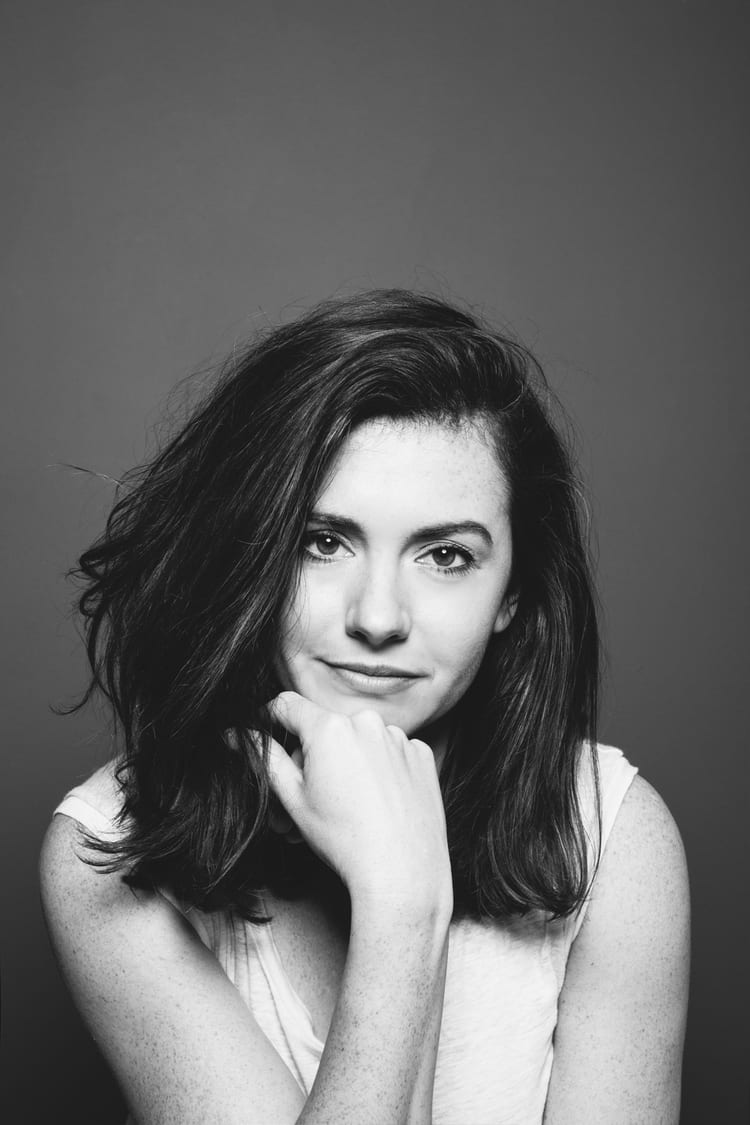

Kate is the founder of Wit & Delight. She is currently learning how to play tennis and is forever testing the boundaries of her creative muscle. Follow her on Instagram at @witanddelight_.
BY Kate Arends - October 16, 2019
Most-read posts:
Did you know W&D now has a resource library of Printable Art, Templates, Freebies, and more?
take me there
Get Our Best W&D Resources
for designing a life well-lived
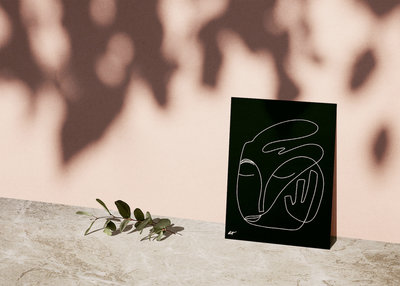

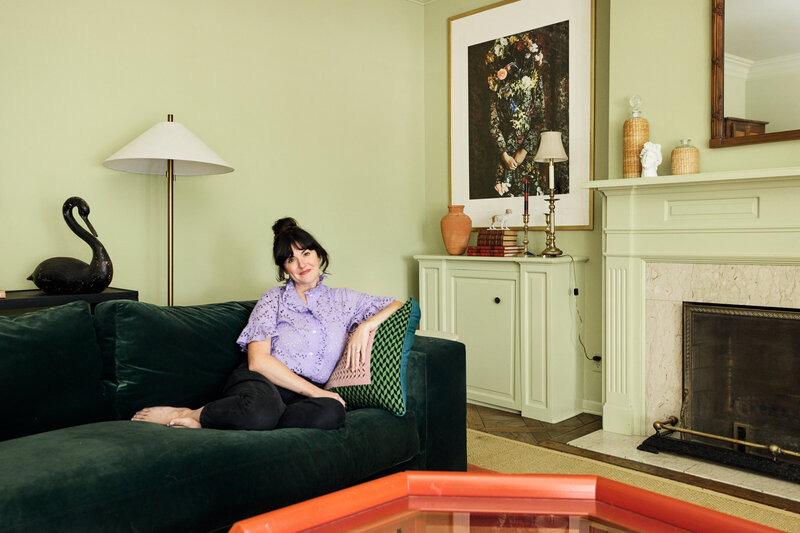

Thank you for being here. For being open to enjoying life’s simple pleasures and looking inward to understand yourself, your neighbors, and your fellow humans! I’m looking forward to chatting with you.
Hi, I'm Kate. Welcome to my happy place.


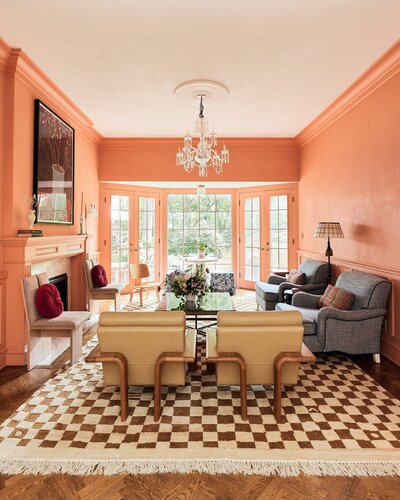

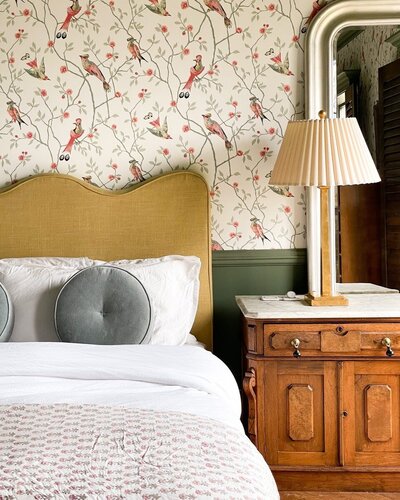





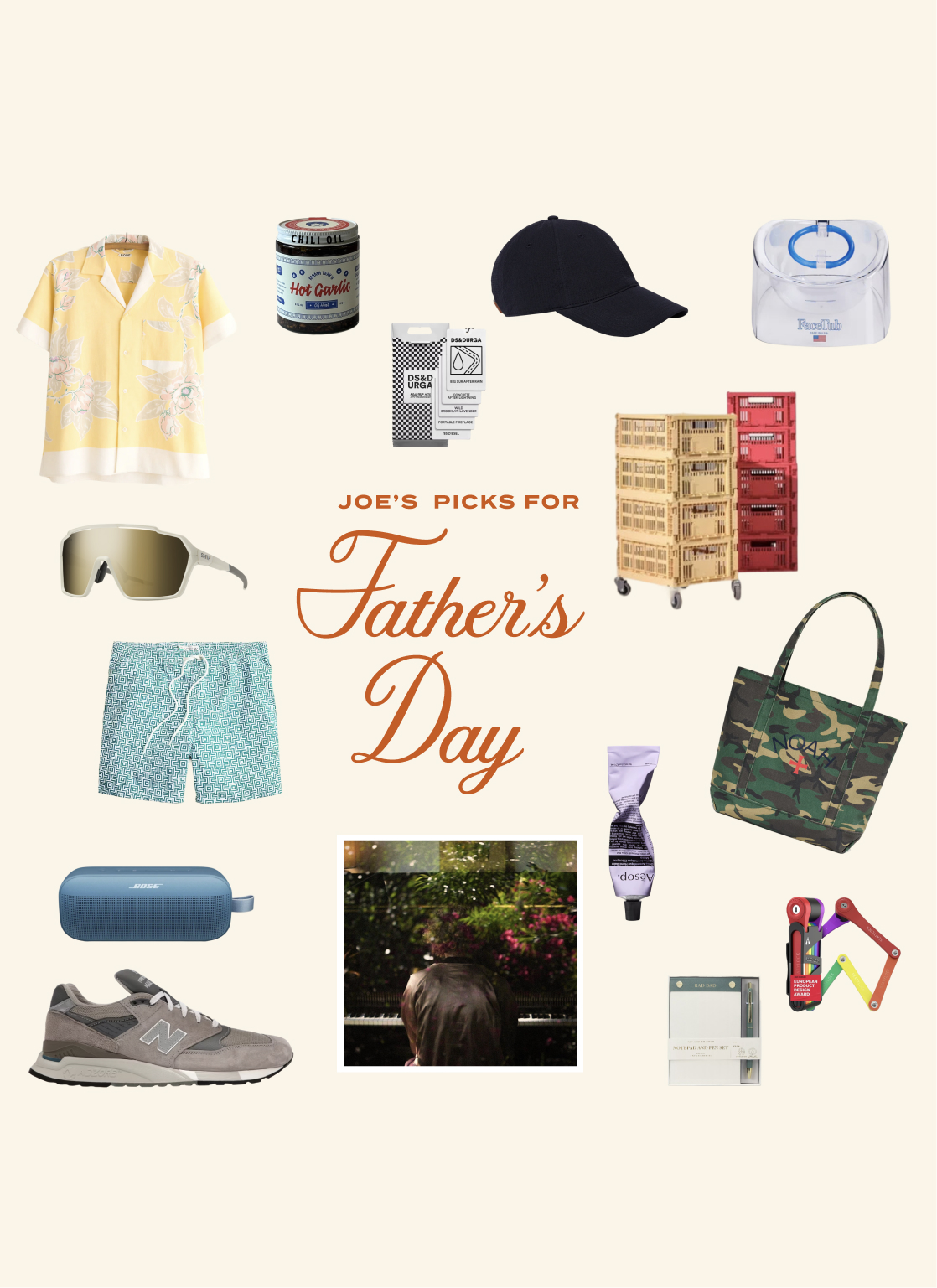
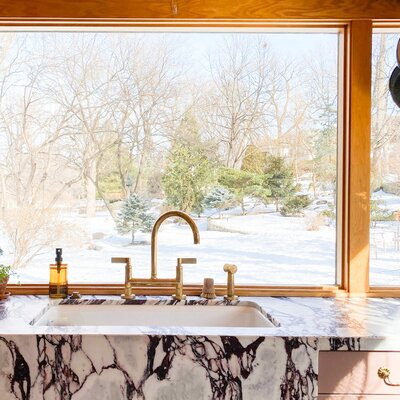
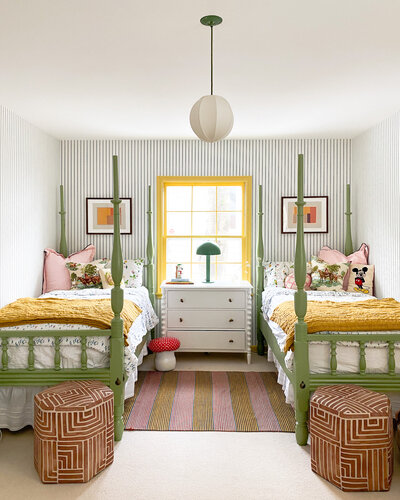
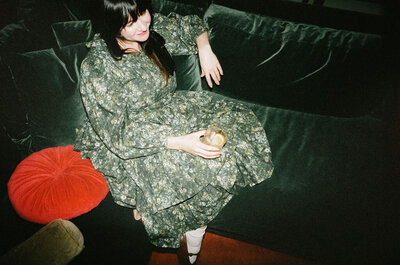

Wow nice I love it..
I love it